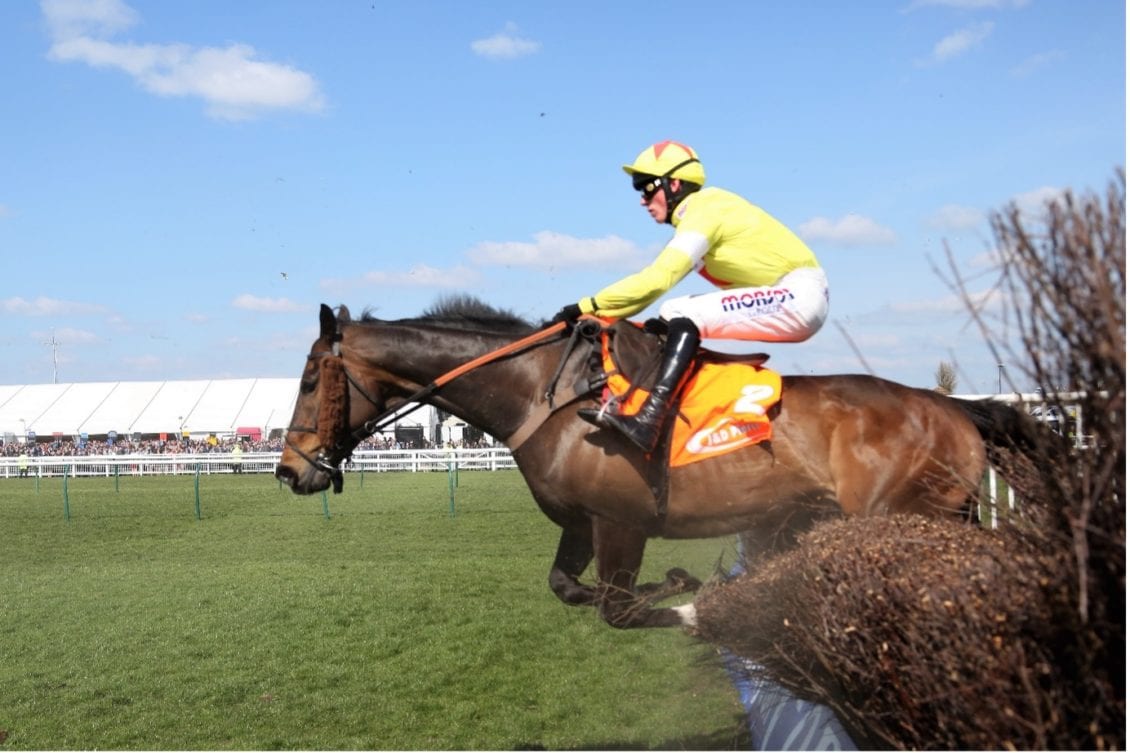As patriotic Welsh citizens, it’s always nice to champion the people who are born and bred in this country, especially when they go on to achieve great things. Evan Williams falls into this category as a champion horse racing trainer who has a world-class facility in the heart of the Vale of Glamorgan.
So, how have he and his team rose to prominence and sustained an incredible career in a notoriously unpredictable sport? Continue reading to find out.
The History of Evan Williams Racing
The idea for Evan Williams Racing sort of fell into place after a short career as a dairy business owner fell apart. Thankfully, during his time on his grandparents’ farm, he found a couple of hours to ride point-to-point horses, and eventually ended up being asked by a guy called Bob Mason to take charge of a couple of pointers.
Not believing his luck, Williams gladly accepted and began training horses without thinking much about his future career path. He needn’t have worried. In 2003, months after applying for a rules licence, the master trainer took his first Grade 1 scalp at Chepstow in the Finale Hurdle. Not two years later, EVR was recording 50 or more winners in a season, including the likes of Sunray.
Soon, Williams was able to purchase more land and develop what is now viewed as one of the finest operations in horse racing with a string of 82 barns and world-class facilities. A former jockey himself – Williams was a national point champion and rode legendary Double Silk in his heyday – there’s no doubt that his family-owned yard knows what it takes to succeed.
Sustaining Relevance at a Top-Class Training Yard
However, having success and sustaining it are two different things. Lots of people involved in horse racing experience 15 seconds of fame, only to realise they will never reach the same heights. Evan Williams is an outlier because his yard has a host of mounts that have achieved greatness, whether it was in the early 2000s or the present day.
Bold Plan, Buywise, and Court Minstrel are prime examples, as they have competed and won on the biggest stages, from the Betfair Exchange Handicap Hurdle to Silver Trophy Handicap Hurdle, in the past four years. The current success stories, like Silver Streak, the winner of the Christmas Hurdle in 2020, keep on coming out of the Vale of Glamorgan and aren’t coincidental. Instead, they are linked to the improvement in technology across the industry. For instance, the best facilities now include heart rate monitors and fitness trackers that ensure teams have a better chance of training their stars to peak at the right time. There are reports that some centres even include equine spas that are designed to aid an animal’s recovery.
Of course, the broader sense of analytical data also dovetails perfectly with the aims and targets of professional trainers. With information widely available to bettors and punters, yards are encouraged to produce winning horses that increase the reputation of their outfits, since a casual gambler can use a horse racing prediction tool to decide whether to back a runner. Simply put, the greater the detail that punters have, the more honed mounts need to be to stand out in the eyes of the horse racing fraternity. In its own way, the accessibility of big data is pushing the likes of Evan Williams Racing to be as competitive now as it was in the early 2000s because the limelight is well and truly focused on the yards.
Regardless, it’s evident that the pressure-cooker environment of the sport isn’t harming Evan Williams’ chances of training winners in the most significant events in the sport. He and his family have been doing it for almost two decades, making Wales proud in the process.








Leave a Reply
View Comments